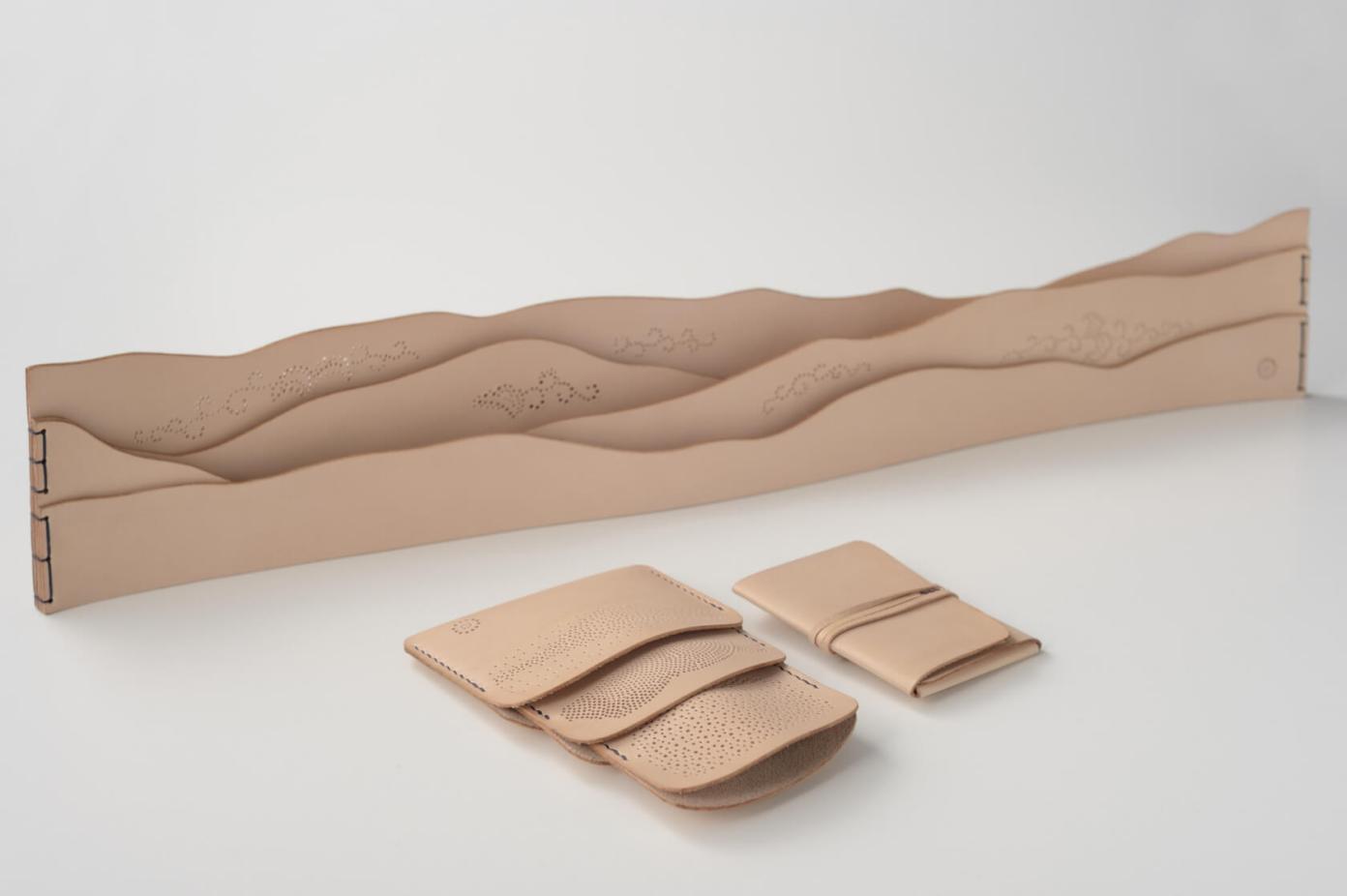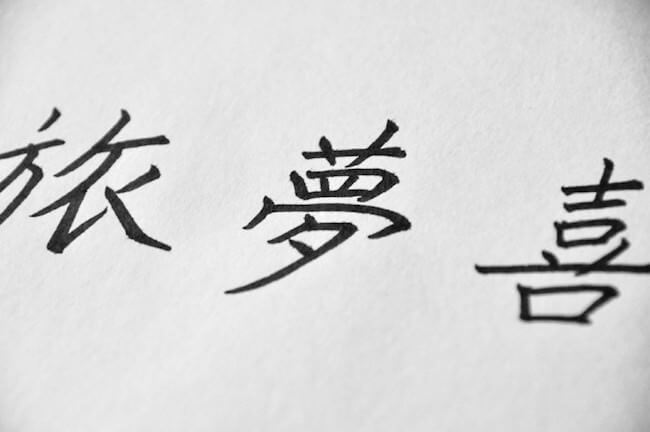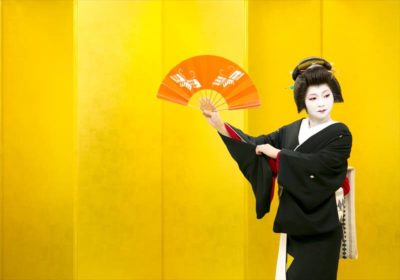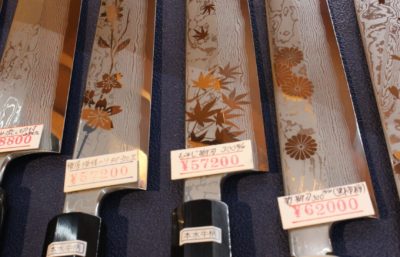Japanese crafts from the past that are right in the now
Would you have imagined that the skills involved in creating designs for the kimono can be transported to decorations for a leather iPad case? Or that you can own a piece of wall panel made from a magnolia printing block carved centuries ago? Or rediscover the tactile joy of writing in this age of typing and tapping on surfaces to communicate?
In this age of fast fashion and disposable dailies, WAttention presents the discerning reader with a selection of crafts from shokunin (職人), or craftsmen, who are keeping with the times – adapting their products to modern needs while preserving processes done by hand and techniques developed from wisdom past.
Dedication to detail and design can be said to be an unspoken code of honour in the line of monozukuri (物作り) , or literally “making things”, in Japan. This ethos harks back to eras ago, and continues today – albeit in dwindling numbers of craftsmen who take pride in perfecting their art, placing the satisfaction of their customers over mass production and huge profits. Indeed, there is no replacement for sincerity that speaks for itself in the finish of a product.
This WAttention Selects series aims to make Japanese tradition and history a part of your everyday life. It’s suggesting a touch of something different, for those who aspire to a life above the ordinary. Why not make your life richer with talking points for your friends and family with such items as a fude pen, handmade leather iPad or iPhone case with a kimono heritage and wall panels or prints that will connect you to Kyoto in the Nara period?
Akashiya Fude Pen
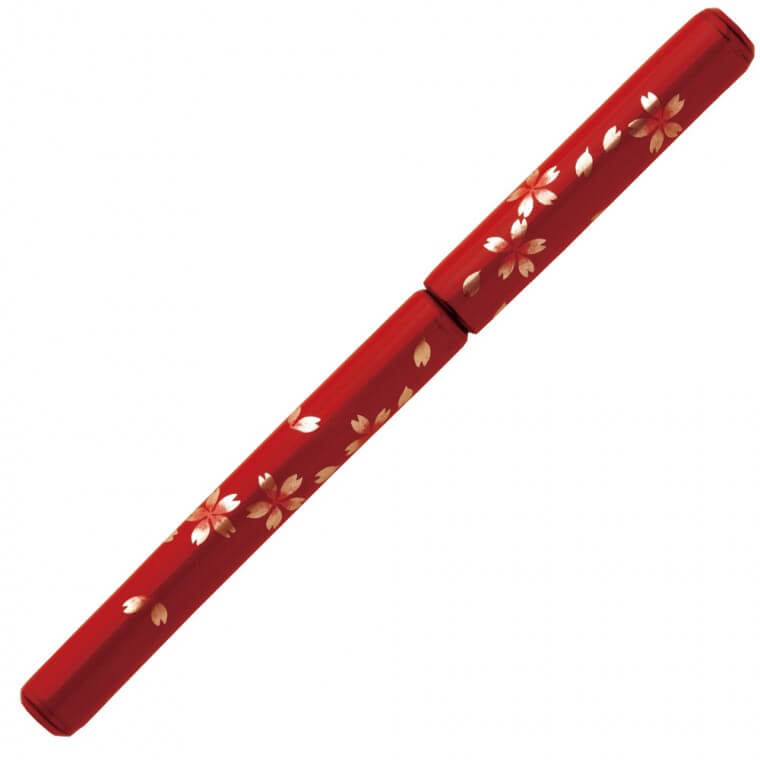
There are fude pens and then there are Akashiya Fude Pens, harking back 300 years ago. Akashiya from the ancient city of Nara maintains the traditional handmade method of making fude, the calligraphy writing brush – a 14-step process, using a careful selection of 15 types of animal hairs to get just the right hardness and absorbency for a smooth calligraphy stroke. This is as much an art piece in itself, as it is a tool for the art of calligraphy.
Nishimura Yuzen-Chokoku
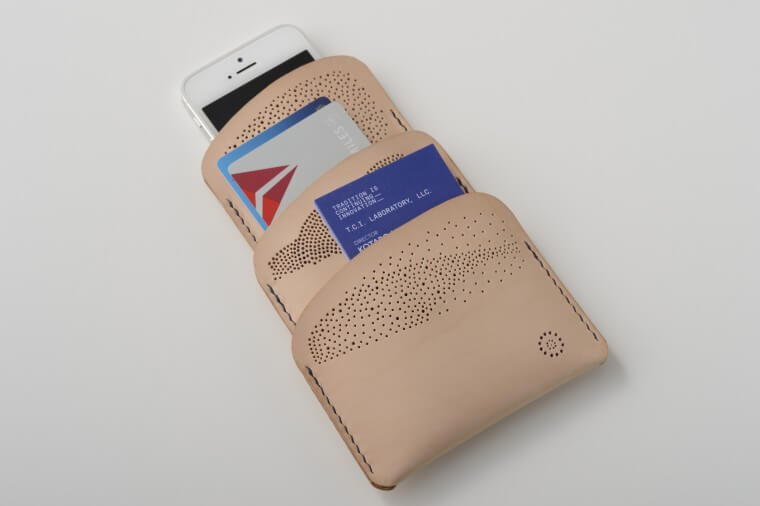
Yuzen-chokoku is a pattern paper carving technique used in the yuzen-zome dyeing process of kimono. Takeshi Nishimura from Kyoto is a living legend in the world of yuzen-chokoku, With shrinking demand in the kimono market, Nishimura decided to transfer his craft to products used in daily life to add a touch of tradition to the modern, by carving designs on leather products.
This has resulted in two series: Nishimura with Collectif Prémices, which is a collaboration of leather accessories with a French design team, and Nishimura with iPad.
Maruni Kyo Karakami
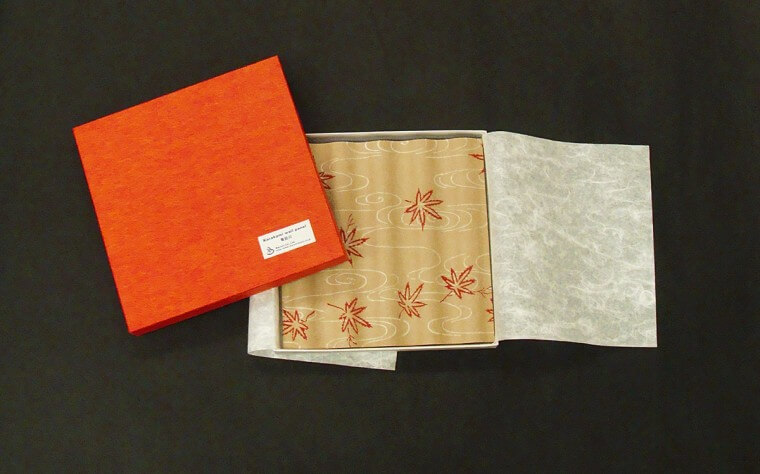
Kyoto-based Maruni continues to observe the ancient methods of making Kyo Karakami – by hand, and with all-natural materials, from magnolia printing blocks harking back nearly 200 years, to ingredients derived from seaweed and shells to make the coloring materials. The crushed shells give karakami printing designs its unique iridescent shine that adds to the paper’s timeless appeal. The patterns are classic designs from the Nara Period symbolizing auspicious tidings and happiness. Evolving from the use of shoji (Japanese sliding doors), Maruni uses Kyo Karakami on a series of wall panels that add a touch of zen to any home.
 0
0

